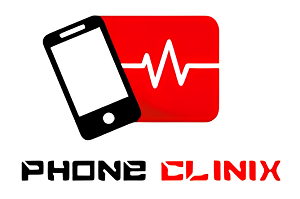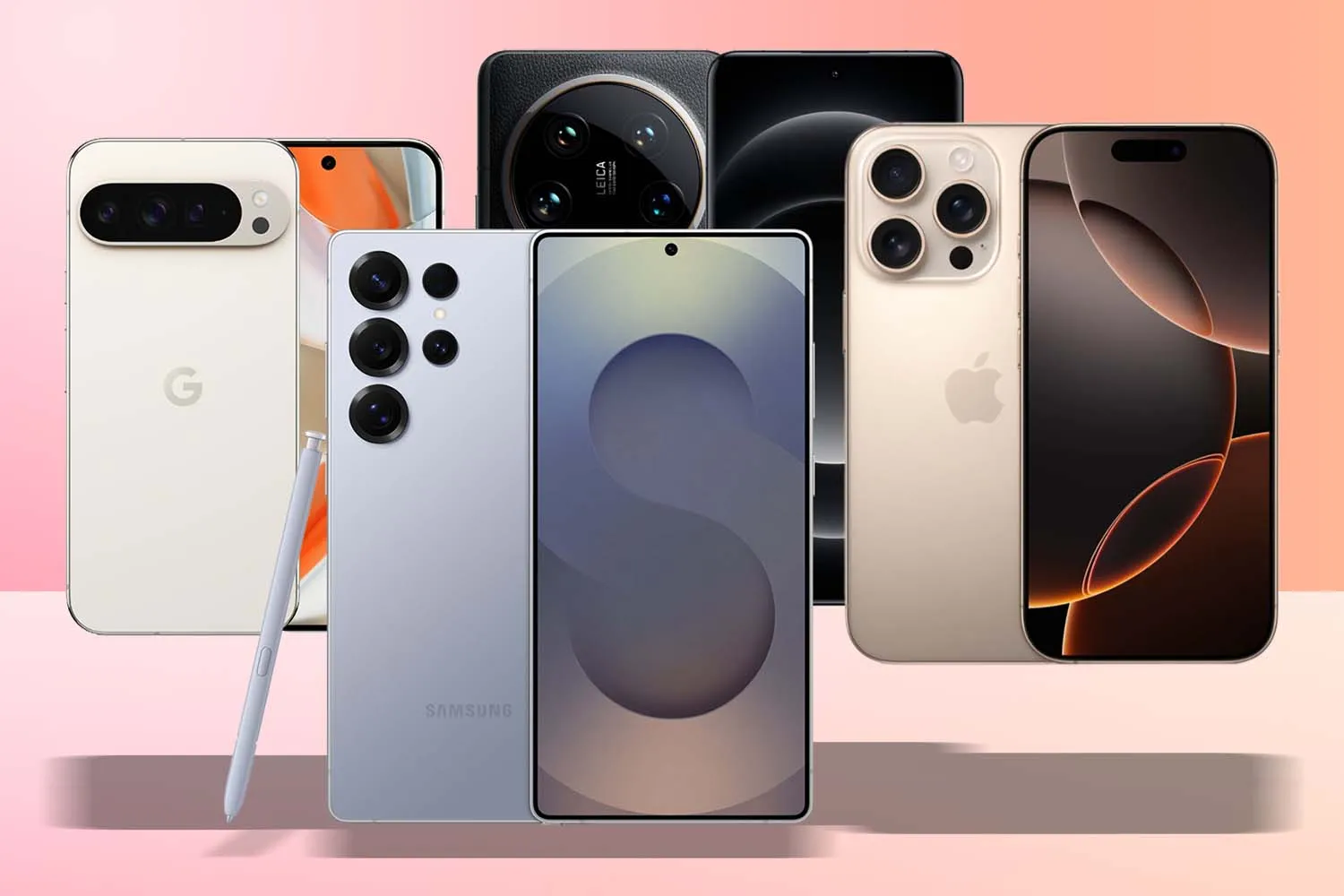iPhones are known for their sleek design, seamless user experience, and cutting-edge technology. However, like any sophisticated electronic device, they are not immune to issues. Whether your iPhone is overheating, experiencing rapid battery drain, has connectivity problems, or simply won’t turn on, accurate diagnostics is the first step toward a solution.
In this guide, we’ll explore iPhone diagnostics in-depth—covering common issues, how to use phone diagnostic software, and how services like Phone Clinix can help you identify and resolve any problem efficiently.
Why iPhone Diagnostics Matter
iPhones pack a range of complex hardware and software systems—from sensors and chips to iOS processes and applications. When one component starts acting up, it can cause performance issues across the entire device.
Diagnostics play a crucial role in:
- Identifying hardware vs. software issues
- Preventing data loss before a critical failure
- Saving time on troubleshooting
- Providing accurate repair quotes
- Improving the longevity of your iPhone
Whether you’re a casual user, a technician, or a business handling multiple devices, understanding how to run a diagnostic can save you time and money.
Common iPhone Issues That Require Diagnostics
Before jumping into tools and techniques, it helps to know which issues typically require a diagnostic check.
1. Battery Drain
Rapid battery depletion is one of the most reported problems. Diagnostics can reveal whether it’s due to a failing battery, background apps, or a software glitch.
2. Overheating
If your iPhone gets hot during normal usage, it could point to hardware stress, poor ventilation, or problematic apps.
3. Charging Problems
Sometimes the charging port, battery, or charging cable may be at fault. A diagnostic test can narrow it down.
4. Screen or Touch Issues
Dead zones, unresponsive touch, or erratic behavior often require screen hardware testing.
5. Camera Malfunction
Blurry images, black screens, or app crashes could be due to a faulty sensor or internal component.
6. Audio & Microphone Problems
Distorted audio or unresponsive mics may be linked to hardware or permissions settings.
7. Connectivity Issues
Wi-Fi or Bluetooth failures often relate to settings, antenna malfunctions, or iOS bugs.
How to Run iPhone Diagnostics
There are several ways to run diagnostics on an iPhone. These include built-in tools, Apple’s remote services, third-party phone diagnostic software, and professional diagnostic services like Phone Clinix.
1. Built-in iOS Diagnostic Features
While Apple doesn’t provide a full diagnostic app for consumers, several settings allow basic checks:
- Battery Health (Settings > Battery > Battery Health & Charging): View battery capacity and performance.
- Storage (Settings > General > iPhone Storage): Identify storage hogs.
- Analytics & Logs (Settings > Privacy > Analytics & Improvements > Analytics Data): Access crash reports and logs (technical).
These built-in tools can help users identify problems without extra software. However, they are limited in scope and technical depth.
2. Apple’s Remote Diagnostics
If you contact Apple Support, they may run a remote diagnostic on your iPhone. This is often used when your device is under warranty or AppleCare.
What it checks:
- Battery performance
- App crashes
- Storage capacity
- CPU behavior
- Connectivity issues
Apple’s remote diagnostic is reliable but only accessible through a support appointment and does not cover all problems—especially hardware issues not under warranty.
3. Using Phone Diagnostic Software
For a deeper dive, many users and technicians rely on phone diagnostic software. These applications allow thorough testing of various components and can be used without needing to visit a repair shop.
Popular software options include:
- 3uTools (for Windows): Offers detailed diagnostics, flashing, and device info.
- iMazing: Provides insights into battery, storage, and system logs.
- Dr.Fone: Known for data recovery, but also has diagnostic tools.
- CoconutBattery (Mac): Excellent for checking battery health.
These tools can perform checks like:
- Battery wear level
- CPU temperature
- NAND flash health
- Screen pixel test
- Sensor activity (gyroscope, proximity, etc.)
Using phone diagnostic software is ideal for users who want more control and visibility into their iPhone’s internals. They are especially useful when your phone is out of warranty.
4. Professional Services from Phone Clinix
If you’re not tech-savvy or don’t want to deal with complex tools, professional diagnostic services are your best option. This is where Phone Clinix stands out.
Phone Clinix is a specialized service center known for providing detailed iPhone diagnostics and repairs. Their technicians use advanced phone diagnostic software and tools to pinpoint problems quickly and accurately.
Why Choose Phone Clinix?
- Certified Technicians: Skilled in iOS hardware and software repair.
- Advanced Equipment: Uses industry-grade tools for deeper analysis.
- Quick Turnaround: Most diagnostics are done within the same day.
- Transparent Reporting: Customers receive a clear breakdown of the issue.
- Comprehensive Solutions: From minor fixes to complex motherboard repairs.
Whether you’re facing an unresponsive screen, a failing battery, or software corruption, Phone Clinix can provide a full diagnostic assessment and recommend the most effective solution.
When to Use Each Method
Here’s a quick comparison to help you decide:
| Scenario | Recommended Method |
|---|---|
| Minor battery or storage issues | iOS Settings |
| Under Apple warranty | Apple Remote Diagnostics |
| Out of warranty and DIY-savvy | Phone Diagnostic Software |
| Not tech-savvy or need hardware repair | Phone Clinix |
Tips to Avoid iPhone Issues
Preventing issues before they arise can save you from needing diagnostics in the first place.
- Keep iOS updated: Regular updates patch known bugs and improve performance.
- Avoid overheating: Don’t use your iPhone under the pillow or in the sun.
- Use certified accessories: Cheap cables can harm your device.
- Clean your ports: Dust and debris can cause connectivity issues.
- Monitor storage and battery health: Check regularly to avoid surprises.
Final Thoughts
iPhones are powerful, but like any technology, they can develop issues over time. The key to resolving these problems is running accurate diagnostics as soon as symptoms arise.
Whether you use Apple’s tools, phone diagnostic software, or prefer professional services like Phone Clinix, the goal is the same: identify the issue early and resolve it efficiently.
For tech enthusiasts, diagnostic tools offer unmatched visibility into their device’s performance. For everyone else, Phone Clinix offers peace of mind and professional support—ensuring your iPhone stays in top condition no matter what.



